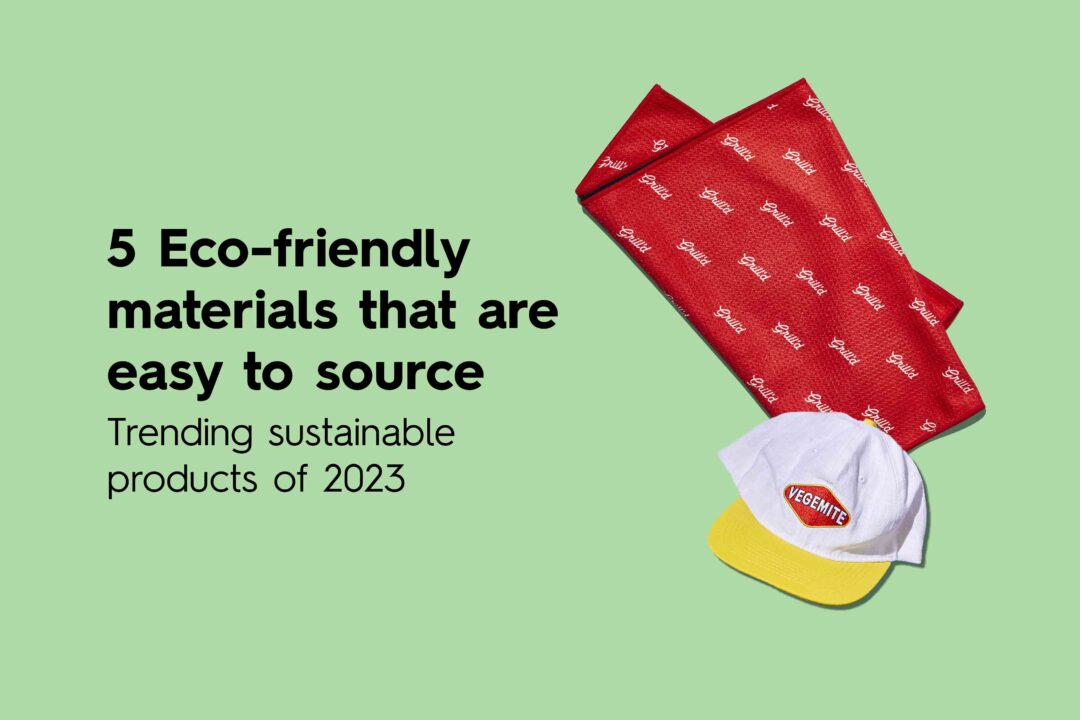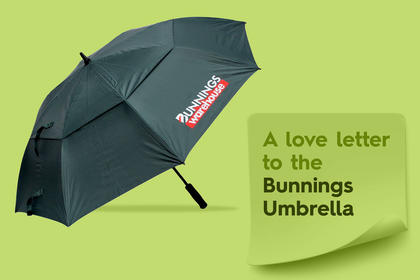Sustainability and eco-friendly products can sometimes be difficult to find, especially in the merchandise and retail world. There is hope though! Many industries are transitioning to using more sustainable products, materials and fibres and this is due to it being more accessible and costs becoming more affordable.
Currently, Australians donate or recycle up to 210,000 tonnes of clothes every year. At Good Things, we’re making a change in how we approach producing merchandise and we’re starting to put sustainability first. That’s why we’re suggesting and offering more sustainable products, materials and fibres to our clients.
Here are the top 5 materials and products we’ve quoted in 2023 so far:
Sustainable Fibres & Materials
1. Hemp
Hemp fibre is a strong and durable natural fibre that comes from the stalks of the hemp plant. It is one of the longest and most durable natural fibres in the world, making it an excellent choice for a wide range of merchandise products. Hemp is the new leafy green that has taken over the sustainable fabric industry.
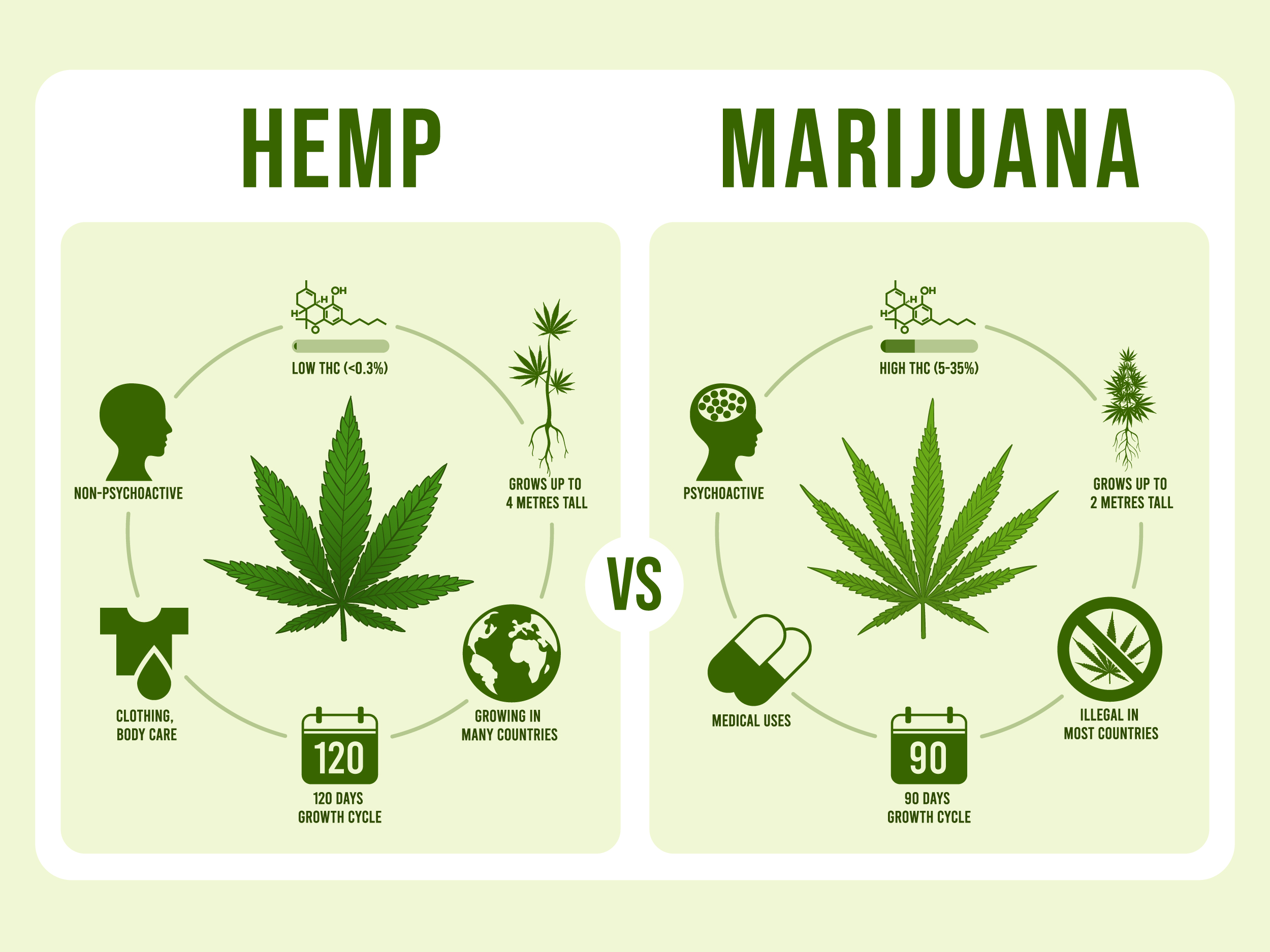
Hemp can be used in many different ways in products. One of the most popular uses of hemp fibre is in the production of textiles. Hemp fibre can be used to make clothing, such as t-shirts, jackets as well as caps and hats. Hemp fibre can also be used to make paper products, such as notebooks, journals, and other stationery — because hemp fibre is so strong and durable, paper made from hemp can be recycled more times than paper made from wood pulp.
Overall, hemp fibre is a versatile and sustainable material that can be used in many different merchandise products. As more and more of our customers become interested in eco-friendly and sustainable products, hemp fibre has become one of our top quoted sustainable materials — so it’s easy to assume we’ll be making this more widely available to all of our customers.
Here are some of our top recommended Hemp products:

2. Organic Cotton
Organic cotton is cotton that has been grown and processed without the use of harmful chemicals or pesticides. Organic cotton is grown using natural and sustainable farming methods that focus on soil fertility, water conservation, and biodiversity. This makes organic cotton a more eco-friendly and sustainable choice than conventionally-grown cotton.
Organic cotton can be used in a wide range of merchandise products and because it is free from harmful chemicals and pesticides, it is gentle on the skin — it’s particularly a good choice for people with allergies or sensitive skin.
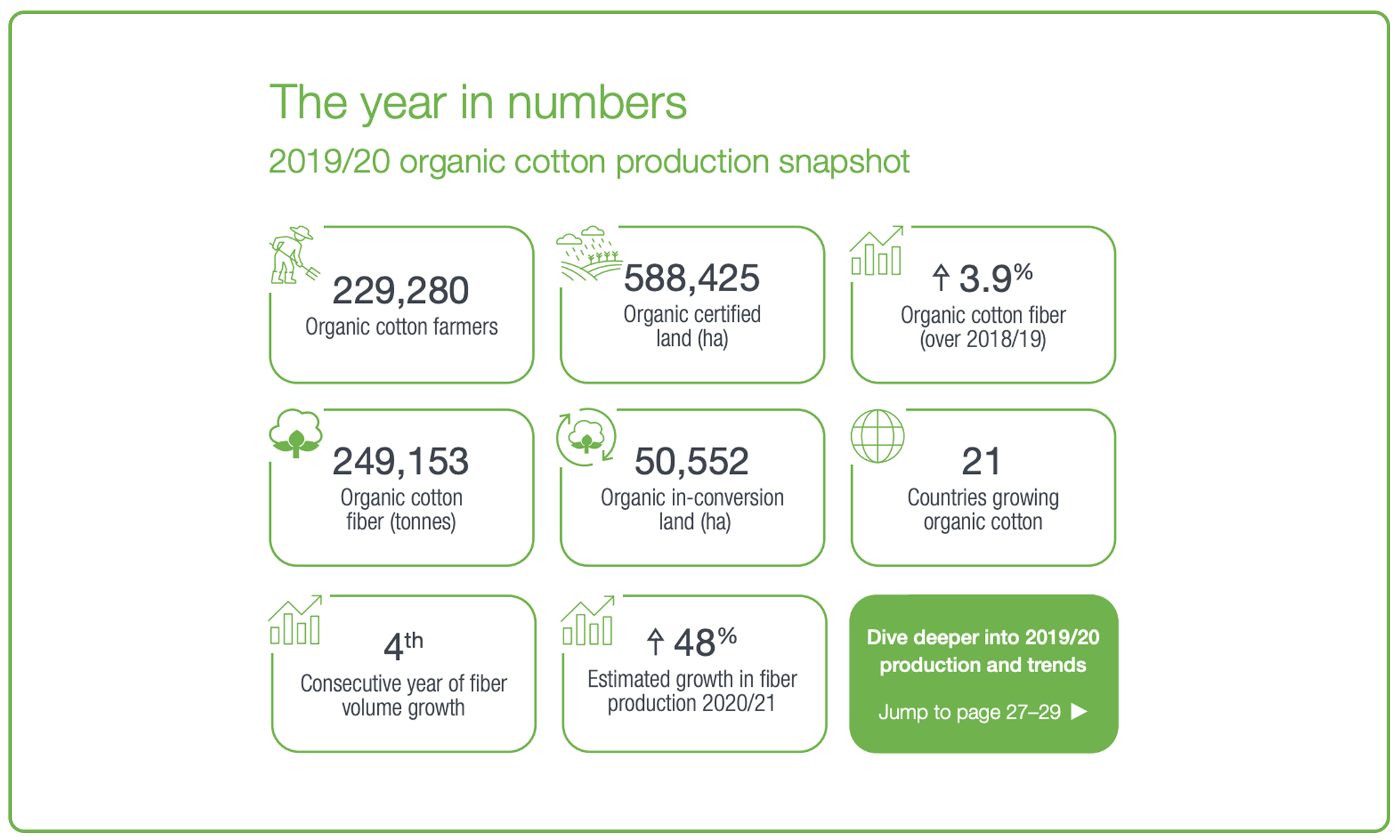
In 2020, the Textile Exchange reported that 50,552 hectares of cotton farms were currently ‘in-conversion’ to becoming organic cotton farms. As more funding and organisations help support traditional cotton farmers to transition to Organic certified cotton farms, the global cotton output will soon be better for not just the planet but for customers too.
Here is our top Organic Cotton tee that we recommend:
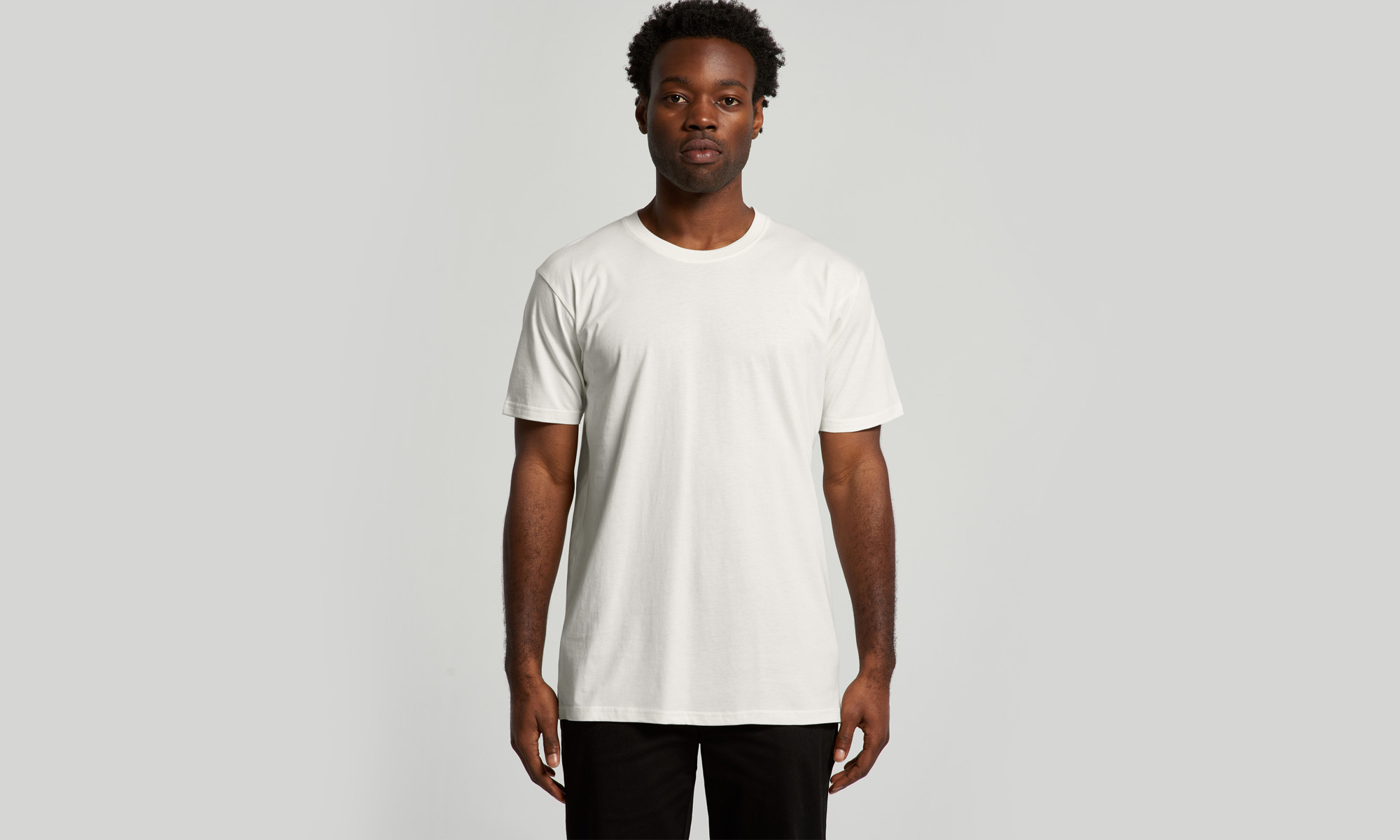
3. RPET materials
RPET (Recycled Polyethylene Terephthalate) is a type of plastic that is made from recycled PET bottles and other plastic materials. The process of converting PET bottles into RPET involves cleaning, shredding, and melting the plastic, which is then turned into fibres that can be used to make a variety of products.’
In the clothing retail industry, RPET is often used to make athletic wear, like leggings, jackets and other outerwear. In the promotional product and merchandise industry though, RPET can also be used to make all different bags, some apparel items and outdoor gear like picnic rugs.
RPET is an eco-friendly alternative to traditional plastic materials, as it helps to reduce waste and limit the amount of plastic that ends up in landfills and oceans. By using recycled materials, RPET also reduces the need for new plastic to be produced, which can help to conserve natural resources and reduce carbon emissions.
As more of our customers become more aware of the impact of plastic waste on the environment, the demand for RPET and other recycled materials is consistently in demand. If the customer can not use a more organic material like hemp or organic cotton, then RPET is their next go-to fibre. We’ve seen a huge increase in RPET quotes products this year from our clientele.
Here are some of our top recommended RPET products:
And our whole Good Things Golf Umbrella Range!
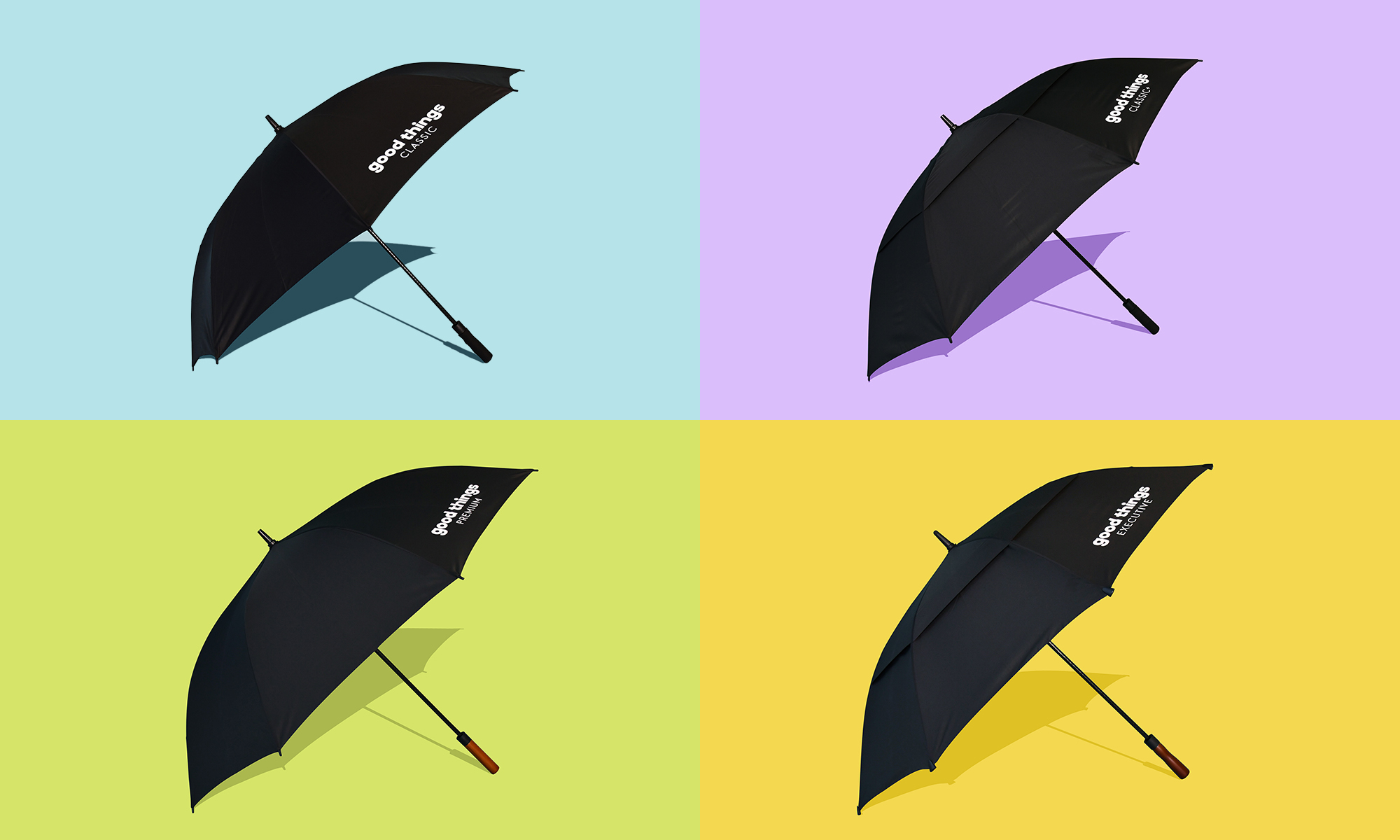
Sustainable Packaging
4. Recycled Paper Packaging
Recycled paper packaging is made from used paper that has been collected, sorted, and processed to remove any contaminants like ink, staples, or tape. The cleaned paper is then shredded into small pieces, which are mixed with water to create a pulp. The pulp is then pressed and dried to create sheets of recycled paper — this is then transformed into a wide range of packaging products, including boxes, bags, and wrapping paper. A brand that has championed this recycled paper and biodegradable space is No Issue.

Recycled paper packaging is good for the environment for several reasons. First, it helps to reduce the amount of waste that goes into landfills. By using recycled materials, we can conserve natural resources and reduce the need for new materials to be produced.
Second, recycled paper production requires less energy and water than producing new paper from virgin materials. This means that using recycled paper can help to reduce carbon emissions and conserve resources like water and energy.
Lastly, recycled paper packaging is biodegradable and can be easily recycled again after use, making it a more sustainable and eco-friendly choice than many other types of packaging materials. Australia produces its own recycled paper packaging, which means it’s easily accessible to us to then provide to our customers.
Recycled paper packaging is a sustainable and environmentally-friendly choice for businesses who are looking to reduce their environmental impact and promote sustainability.
5. LDPE bags
LDPE bags, or low-density polyethylene bags, are a type of plastic bag that is commonly used for retail and grocery packaging. These bags are made from a plastic resin that is derived from petroleum, and they are known for their flexibility, strength, and durability but also for their soft texture.
LDPE bags are considered better for the environment than other types of plastic bags because they are reusable and recyclable. Unlike single-use plastic bags, which are typically discarded after a single use and can take hundreds of years to decompose in landfills, LDPE bags can be used multiple times before being recycled.
Many countries have programs in place to collect and recycle LDPE bags, which can be used to create new plastic products and produce RPET fabrics. That is why we have proactively been asking our suppliers for them to wrap and protect our customer merchandise in LDPE bags instead of OPP bags (Oriented Polypropylene), or single-use plastic.

To sum it all up
As the first quarter of 2023 comes to a close, we predict that these 5 sustainable and eco-friendly fibres will be quoted for a variety of different custom made items. For those looking for locally supplied products made from these sustainable fibres — you’ll find a couple of hemp and organic cotton apparel options as well as recycled paper packaging options.
Of course, we always recommend getting in touch if you want something made to your specific requirements — we’ll design, create and produce your next best sustainable product.
 Australian-Owned
Australian-Owned
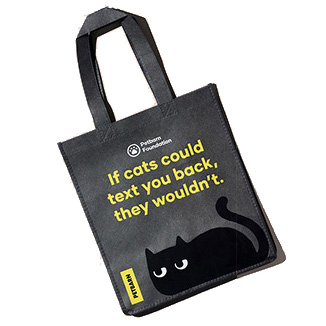 Bags
Bags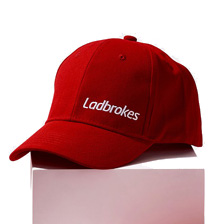 Caps & Hats
Caps & Hats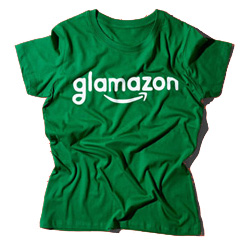 Clothing & Apparel
Clothing & Apparel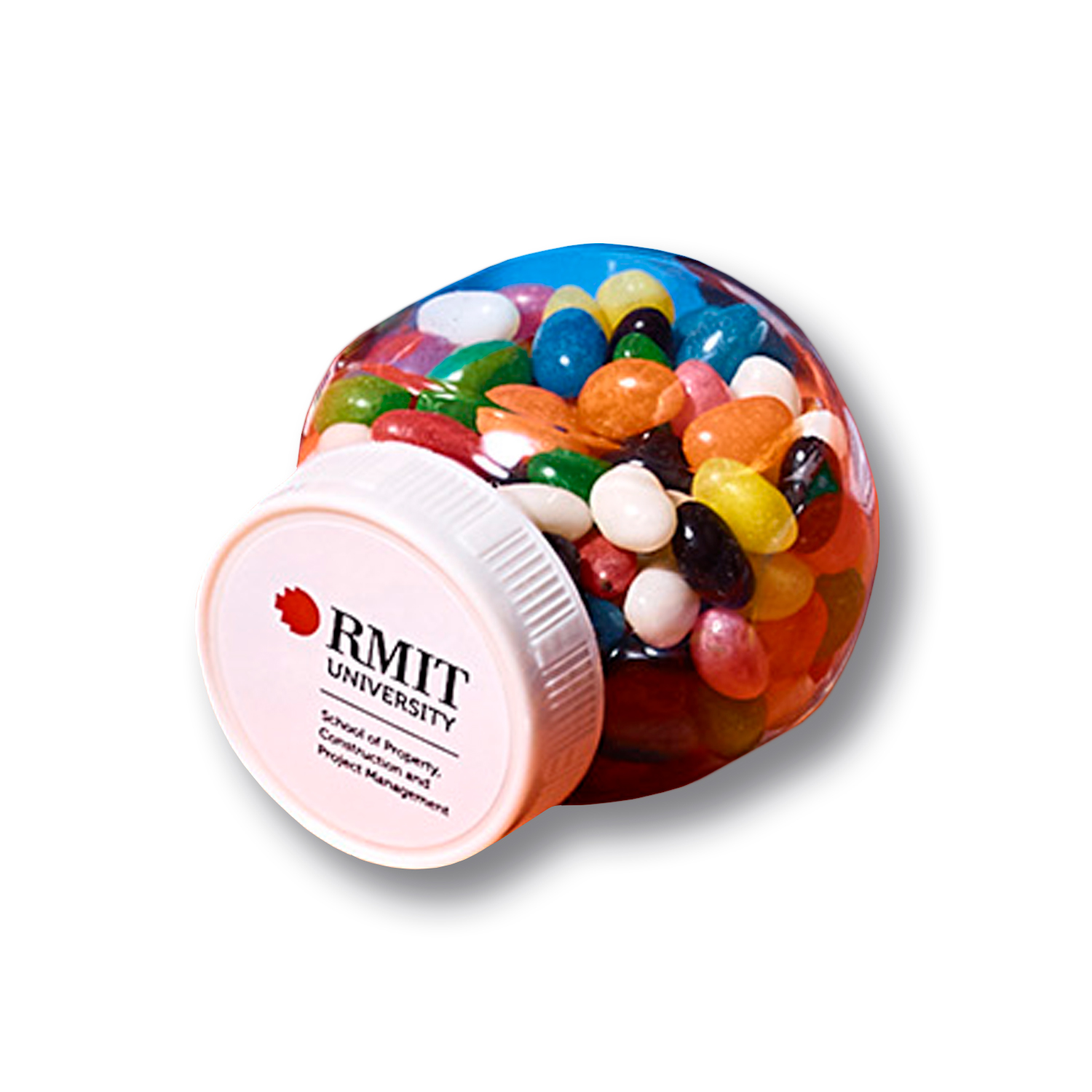 Confectionery
Confectionery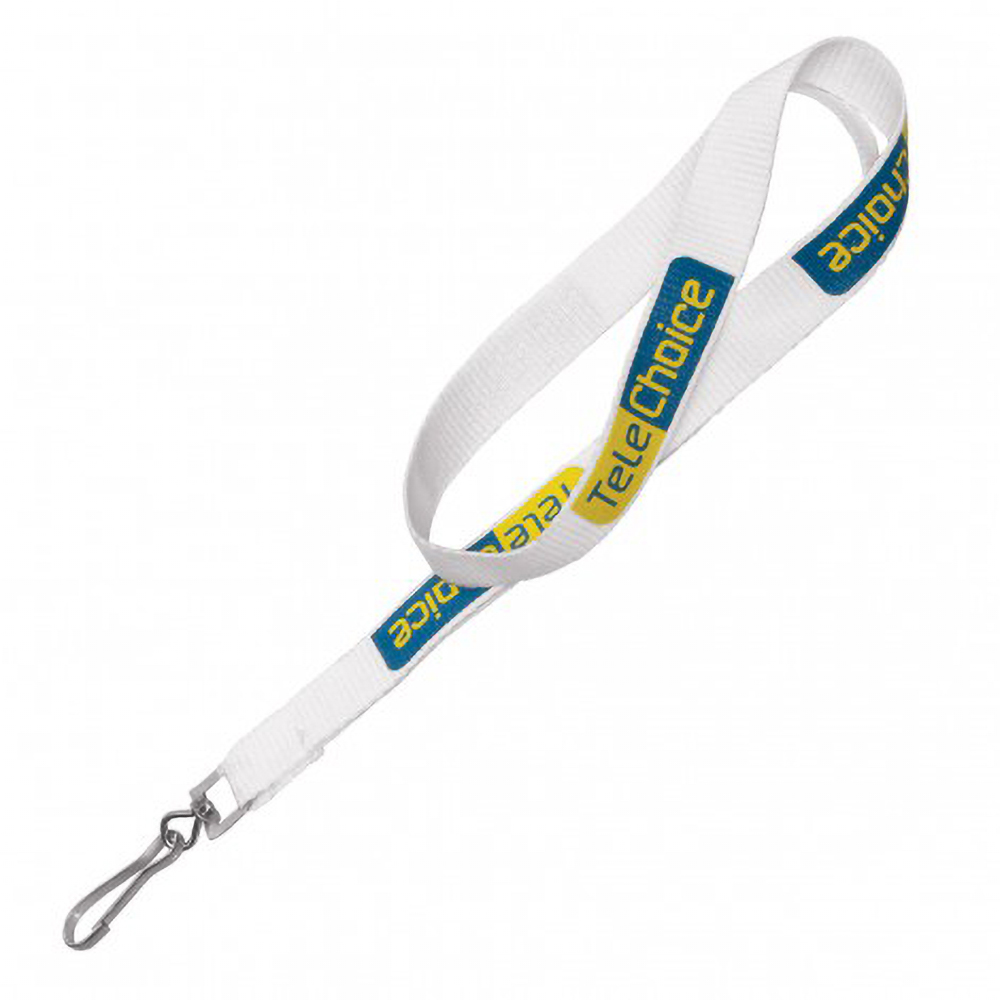 Conferences & Events
Conferences & Events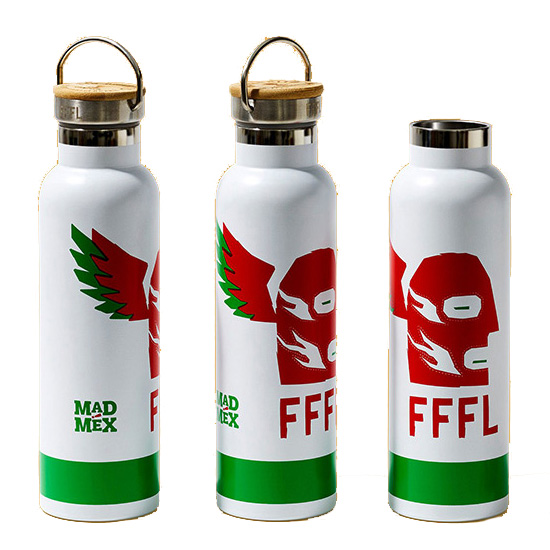 Drink Bottles
Drink Bottles Eco Friendly
Eco Friendly Giveaways
Giveaways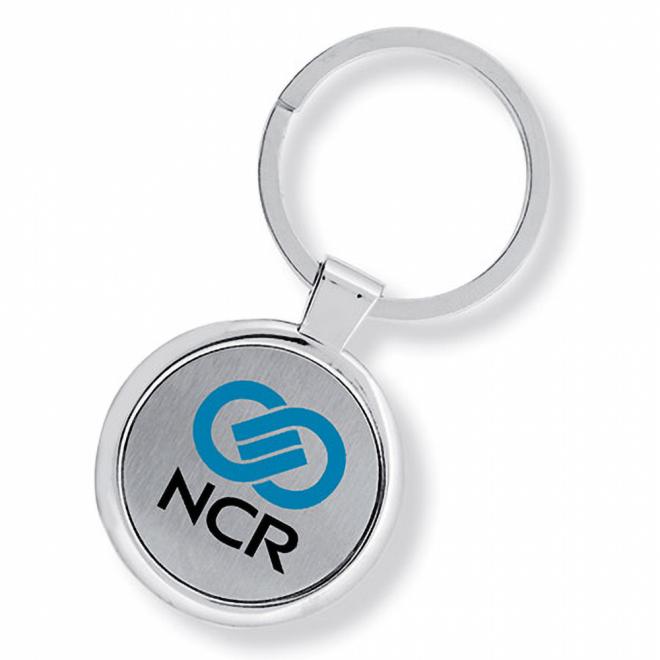 Keyrings
Keyrings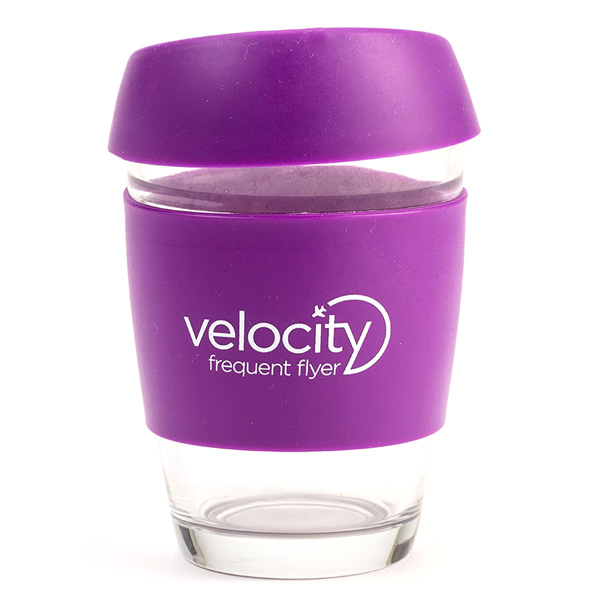 Mugs
Mugs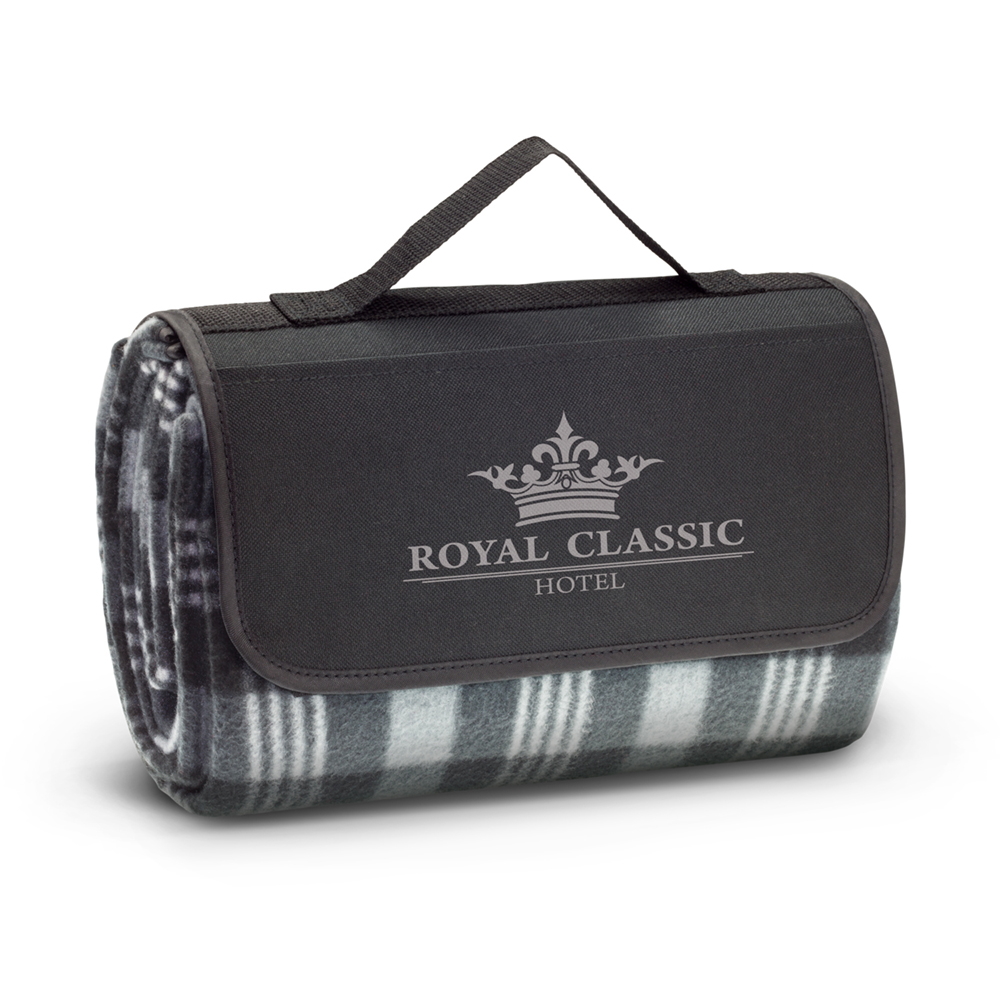 Outdoor
Outdoor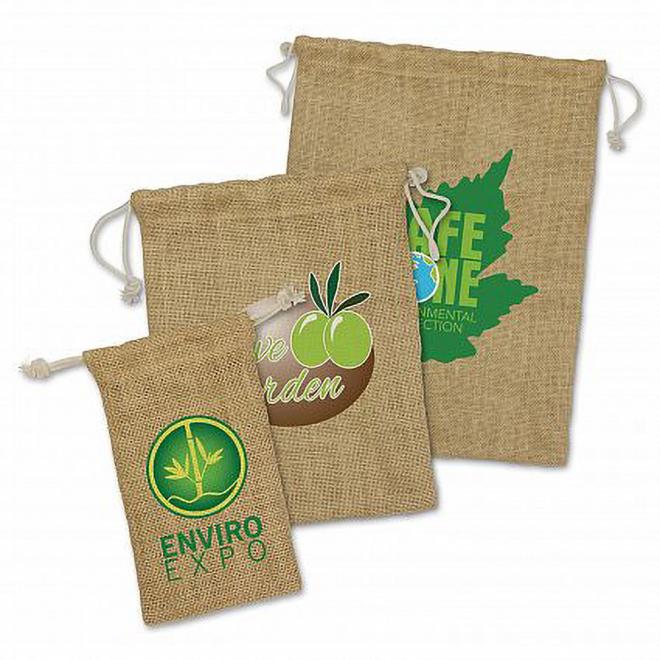 Packaging
Packaging Pens & Stationery
Pens & Stationery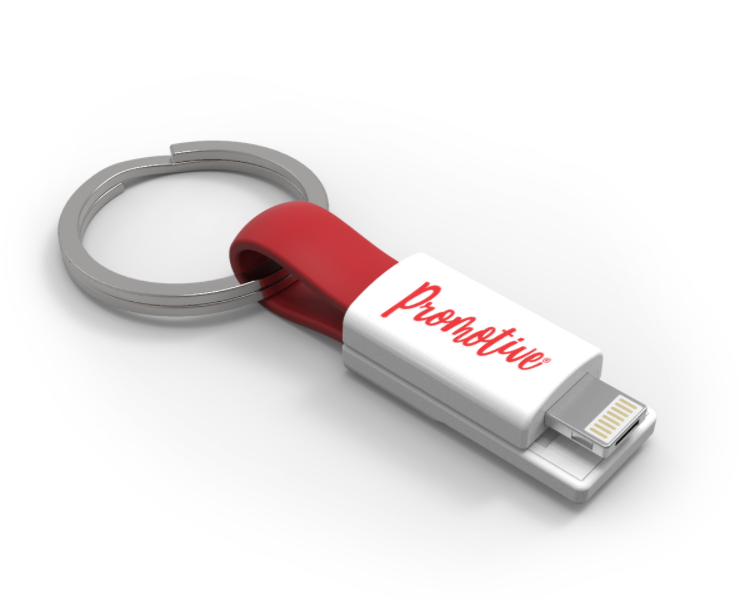 Technology
Technology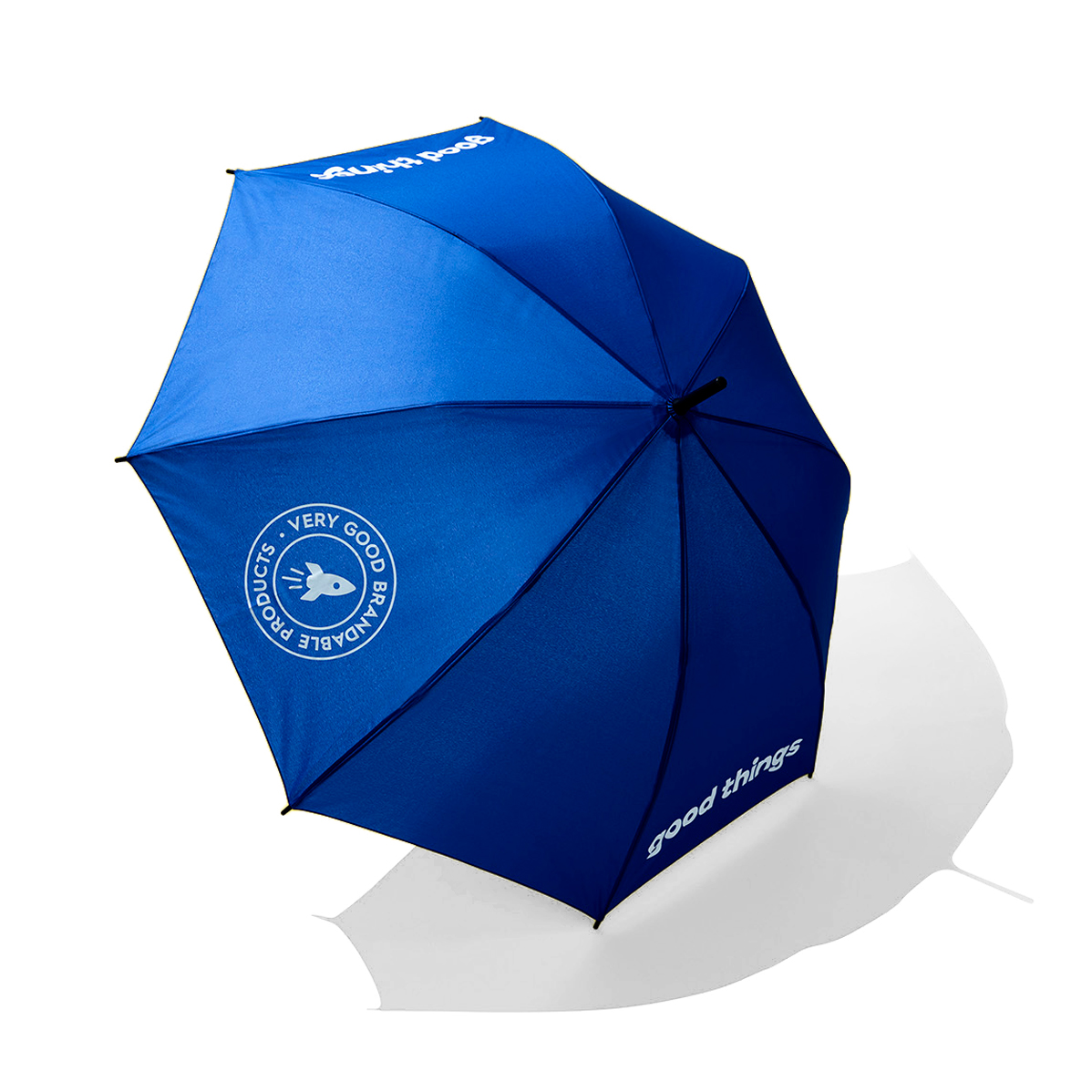 Umbrellas
Umbrellas